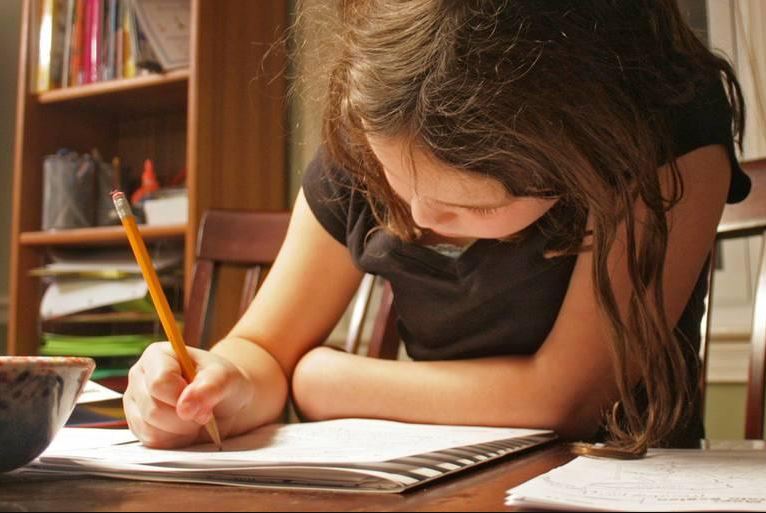Around the world, over 659 million people live in extreme poverty. A lack of financial resources leads to malnutrition, overwork, and hopelessness for many of these individuals. Without the means to change their lives, many families are stuck in a cycle of poverty that will impact their health and happiness for generations.
Although poverty rates are high in developing countries, first-world nations like the United States, Australia, and the United Kingdom are also home to many people suffering from poverty.
Because money makes money, the gap between the rich and poor continues to widen in many of these nations.
Improved access to education can empower young people to break the cycle of poverty because education leads to productive futures. Unfortunately, many low-income students can’t afford school. In places where schooling is an option, many students face high levels of stress due to hunger, displacement, or social unrest.
Education gives these students resources to change their futures and offer more opportunities to the next generation. Boosting access to education disrupts the cycle of poverty and is an investment in the world’s future.

Here Are Four Things You Can Do to Make a Difference in Educational Access This Year
Support Nutrition:
In 2020, 2.9 million American households were extremely food insecure, meaning that both children and adults in the home didn’t have the resources for reliable meals. In an additional 7.2% of American family households, adults were food insecure.
Many school children eat while at school, which means that students lost access to those resources during recent seasons of virtual learning. When children are hungry, it’s difficult for them to focus and retain information. Young children who are malnourished can also suffer from delayed neurological development.
One of the ways to make education more accessible for low-income families is to support programs that physically nourish them. Many nonprofit organizations and volunteers worked to fill this gap during school closures. Supporting poverty-stricken parents is also key to restoring financial security for families.
You can also support organizations that are working to abate hunger across the globe. Education, agriculture, and legislation all play a role in solving the hunger crisis many developing nations are facing.
Invest Thoughtfully:
Impact investing is another way to support children’s access to education. The goal of traditional investing is to use money to make more money, usually for the investor’s benefit. Many investors then use that money to give back to their communities or causes they care about.
However, impact investing goes a step further. This form of investment uses ethical filters to support causes that benefit communities during the investment process. These investments allow money to grow while also actively impacting society in a positive way.
This kind of investment can be used to support environmental care, access to healthcare, and provide education to students who couldn’t afford it on their own. Many institutional investors offer opportunities for impact investing, and opportunities are expanding as more investors become interested in supporting social change.
Impact investors generally earn a 6.4% return on their investments compared to the 7.4% return on more traditional investments. However, for many investors, the 1% difference is worth it in exchange for the way their funds are benefiting others.
Provide Resources:
Another way to improve educational access is to help more students connect with the materials and support they need to learn. Every child has unique educational needs, but many don’t have access to tutors or other supplementary programs that could help them reach their full potential.
Sometimes children are unable to access education because of a lack of physical resources. For example, many teachers realized that their students couldn’t participate in virtual learning during lockdowns because of limited digital resources. Many families operated with a single computer or didn’t have Wi-Fi access in their homes.
In developing countries, schools are often located so far away that students have to walk for several hours both ways to reach classes. Many schools struggle with a ratio of too many students to teachers, and learning materials may be limited or outdated. Although students are coming, their education may be limited by a lack of resources.
Locally, you can support students by volunteering or supporting organizations that offer students learning resources. Many library programs can also give students greater access to learning materials. You can also support organizations working on the global scale to train and send teachers, build schools, and make learning materials available to students around the world.
Boost Legislation:
Access to education can also be improved through legislation, both at local and national levels. For example, funding can be allocated differently in local school systems to fill a specific need in the community. Being engaged with local issues is the first step toward improving access to education in your area.
Unfortunately, sometimes legislation has unforeseen side effects. For example, government loans that were intended to make college more accessible for students have caused the cost of tuition to rise. It’s essential to consider possible future concerns when introducing new legislation for education.
Around the world, legislation that builds stronger economies can make education more accessible by lifting families out of poverty. When children have to work to eat, they don’t have energy for school. Improving agriculture and bolstering other industries brings more resources to local education and makes it a possibility for more children.
Improving legislation on human rights around the world can also impact educational opportunities. For example, in some countries, women are still refused access to education because of local laws and cultural perceptions of gender. Other students are discriminated against because of ethnic identity or the social class they were born into.
The Impact of Equity
Making education more accessible in America and around the world will give children more opportunities for their futures. Access to education lifts families out of poverty as students are able to find higher positions in the global workforce.
Education also plays a role in improving communities by spurring innovation and better stewardship of resources. It provides hope to poverty-stricken nations and empowers individuals to change the future for themselves and their families. Use these four tips to take action and support educational access this year.




